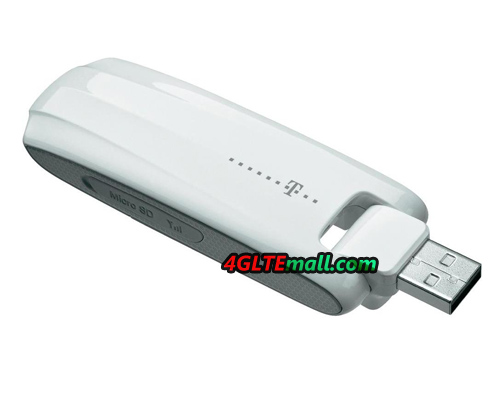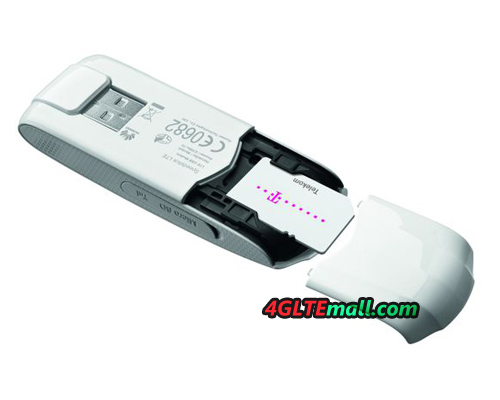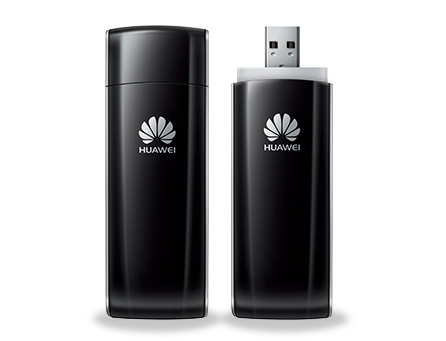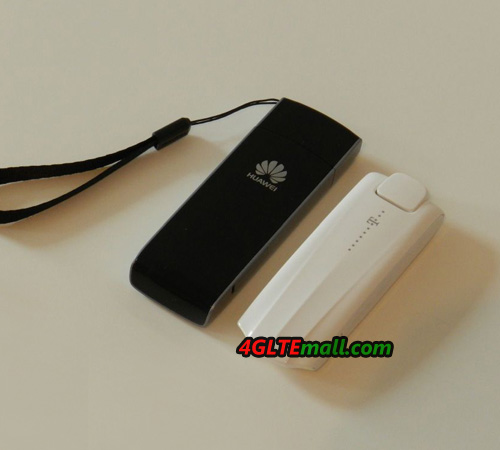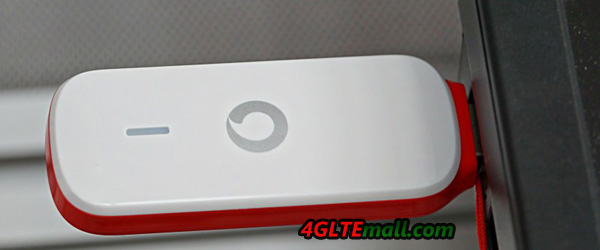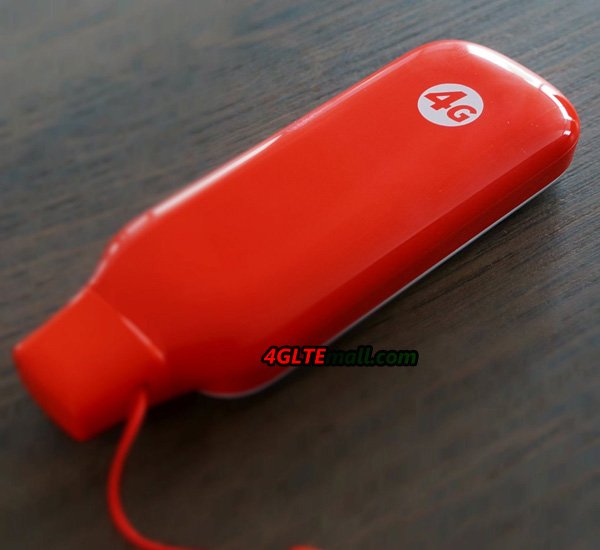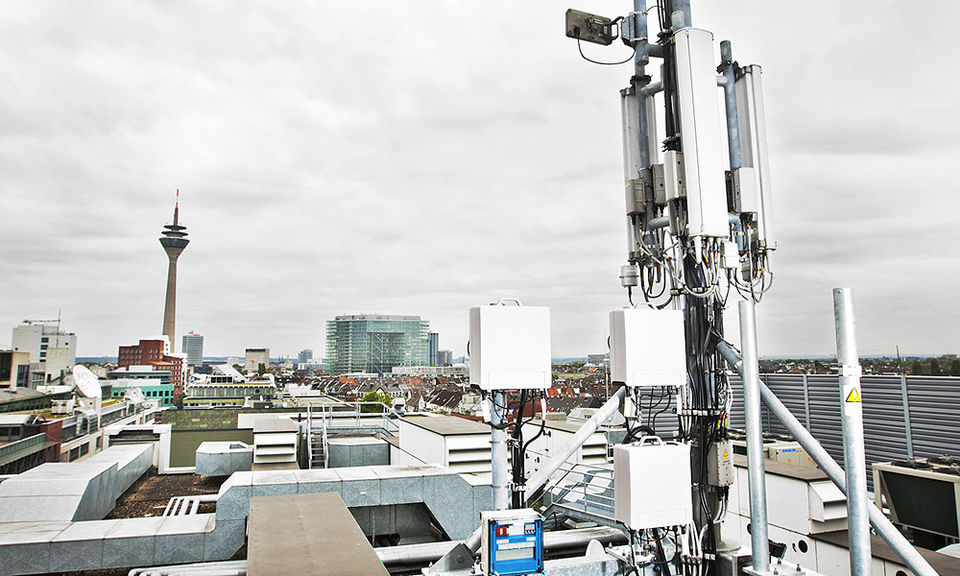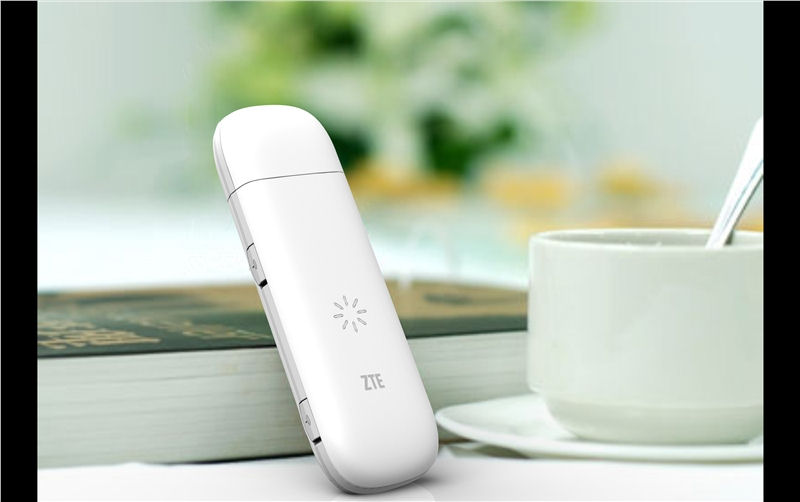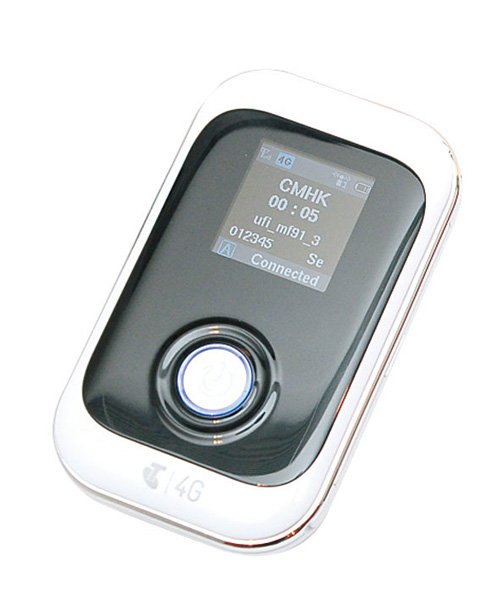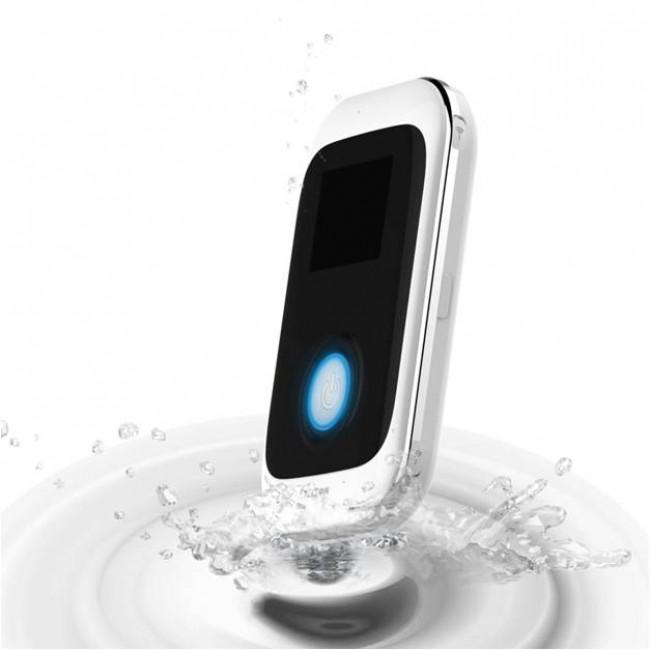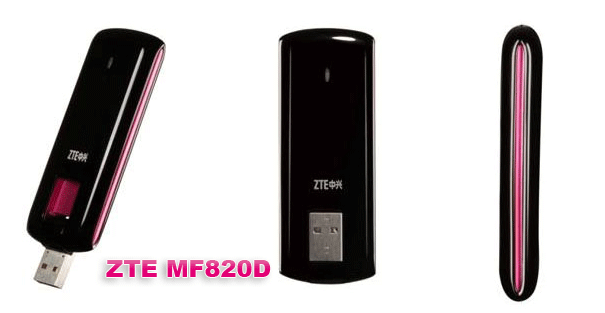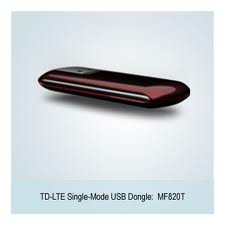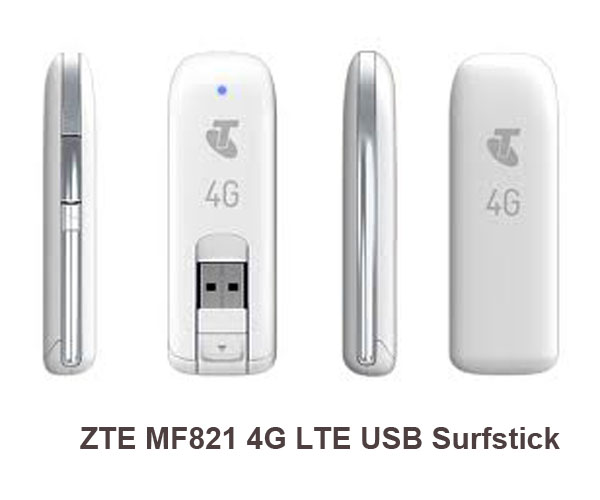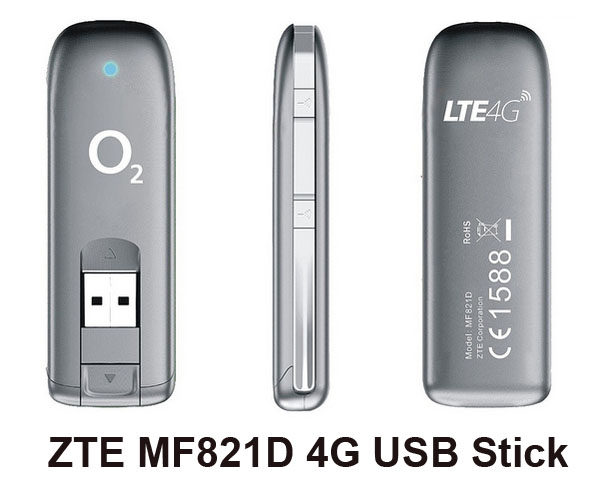You may want to enjoy the 4G LTE networks in Belgium, but if you are in trouble to choose the wireless terminals to access the 4G network, below the guide may help you:
First, you need to know the 4G LTE operators and their LTE frequency bands in Belgium, per our information, the main 4G operators and LTE Frequency bands in Belgium is as below:
- b-lite, TDD Band 42 (3500MHz)
- BUCD BVBA, TDD Band 38 (2600MHz)
- Base, FDD Band 3/7 (1800/2600MHz)
- Mobistar, FDD Band 3/7 (1800/2600MHz)
- Proximus, FDD Band 3/7 (1800/2600MHz)
The five operators support the total four LTE Frequency bands (band 3/7/38/42 ). Now if you are using the SIM card from b-lite, there is very few suitable device to support this band. But if you are using the BUCD BVBA contract, you need to find the 4G Surfstick, 4G internet stick, 4G Router or 4G mobile hotspot that can support the band 38 and you will make a great step to access internet. The band 38 is based on TD-LTE technology and few LTE networks are using TDD technology. So you can check below the recommend 4G Surfstick, 4G internet stick, 4G Route and 4G Mobile Hotspot for BUCD BVBA.
4G Surfstick/Internet stick for BUCD BVBA
- Huawei E392u-21
- Huawei E392u-92
- Huawei E398s-81
- ZTE MF880
- ZTE MF821S2
- ZTE MF820S2
- ZTE MF825
- Quanta 1K3M
- ZTE MF820T
4G Mobile Hotspot for BUCD BVBA
- Huawei E5776s-22
- Huawei E5776s-860
- ZTE MF91T
- ZTE MF91S
- China Mobile CM510
4G Router for BUCD BVBA
- HUAWEI B593s-22
- HUAWEI B593s-82
- Huawei B880
- ZTE MF28G
- ZTE MF29S2
- ZTE MF29T
For the rest three operators, users just need to find the LTE devices to support Band 3 or Band 7 or them together. And as the most commonly deployed frequency bands all over the world, there are many devices available to support the providers. Below are the recommend 4G Surfstick/Internet stick, 4G Mobile Hotspot and 4G Router for the operator BASE, Mobistar, Proximus.
4G Surfstick for BASE/Mobistar/Proximus
- Samsung GT-B3730
- Huawei E392 (E392u-12, E392u-6, E392u-21, E392u-22)
- Huawei K5150 (Vodafone, unlocked )
- Huawei K5005 (Vodafone, Unlocked )
- HUAWEI E398 (E398u-1, E398u-15, E398u-18, E398u-11, E398s-81)
- Huawei E3276 (E3276S-150, E3276S-151, E3276s-152, E3276S-861, E3276S-210, E3276S-601)
- Huawei K5007 (Vodafone )
- ZTE K5008Z(Vodafone, Unlocked)
- Alcatel One Touch L800
- Alcatel One Touch W800
- ZTE MF880
- ZTE MF825
- ZTE MF820
- ZTE MF821
- ZTE MF821D
- ZTE K5006Z (Vodafone, Unlocked )
- Sierra Aircard 320u
4G Router for BASE/Mobistar/Proximus
- HUAWEI B593u-12
- HUAWEI B593s-22
- HUAWEI B890-75
- Vodafone B2000
- ZTE MF25D
- ZTE MF28B
- ZTE MF28G
- ZTE MF29S2
- ZTE MF28D
- Netgear MVBR1517
- ZyXEL LTE6100
4G Mobile Hotspot for BASE/Mobistar/Proximus
- HUAWEI E5776s-32/E5776S-22/E5776S-860
- Huawei E589u-12
- Huawei R210 (Vodafone, Unlocked )
- ZTE MF91
- ZTE MF91D
- ZTE MF910
- ZTE MF90
- ZTE MF97S
- ZTE MF93E
- ZTE R212 (Vodafone, Unlocked)
- Alcatel One Touch Y800
- Sierra Wireless 760S
From above 4G device, we can find the best 4G surfstick/Internet stick for Belgium is HUAWEI E392u-21, ZTE MF880, MF825. The 4G Mobile Hotspot for the operator is HUAWEI E5776s-22 and the 4G Router for Belgium is HUAWEI B593s-22, ZTE MF28G.
